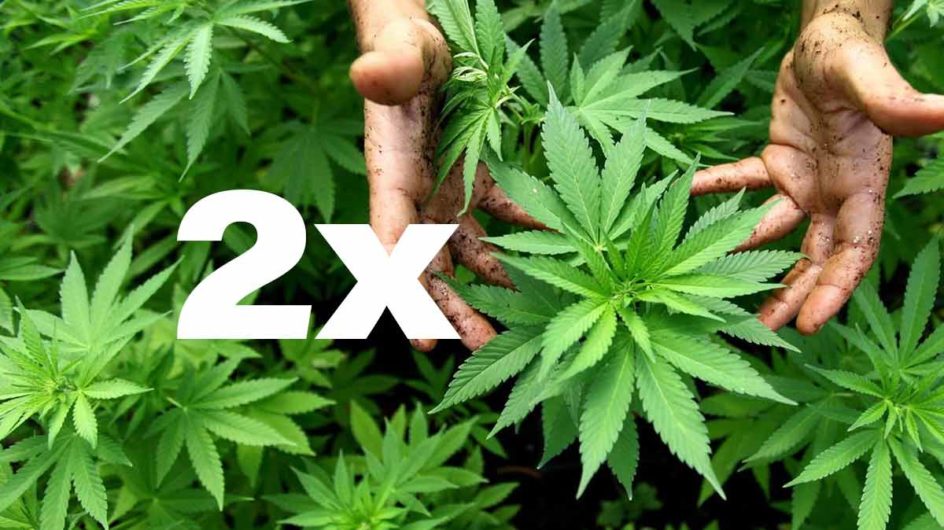Acreage of hemp plants in the U.S. over doubled from 9,770 acres in 2016 to 23,346 in 2017, based on advocacy group Vote Hemp’s 2017 U.S. Hemp Crop Report. The report suggests that 32 universities ran hemp study this year, also that 1,456 state hemp licenses were issued to investigators and cultivators.
The biggest gains were made from North Dakota, which planted only 70 acres of hemp in 2016 and 3,020 in 2017. Two nations improved less than 10 acres this past season, as Indiana climbed only five and Nebraska only one — its equivalent output signal from 2016. Only one state, Tennessee, saw a reduction in hemp production, from 225 last year to 200 this season.
“The majority of states have implemented hemp farming laws, in clear support of this crop and its role in diversifying and making more sustainable our agricultural economy,” said Eric Steenstra, president of Vote Hemp, in a statement. “It’s imperative that we pass the Industrial Hemp Farming Act in Congress so that we can grant farmers full federally legal rights to commercially cultivate hemp to supply the growing global market for hemp products.”
Thirty-three states removed obstacles to hemp production and characterized industrial plants as a different harvest. The nations cap THC levels in hemp in 0.3 percentage – decreasing in accordance with federal rules described in Section 7606 of their 2014 Farm Bill.

